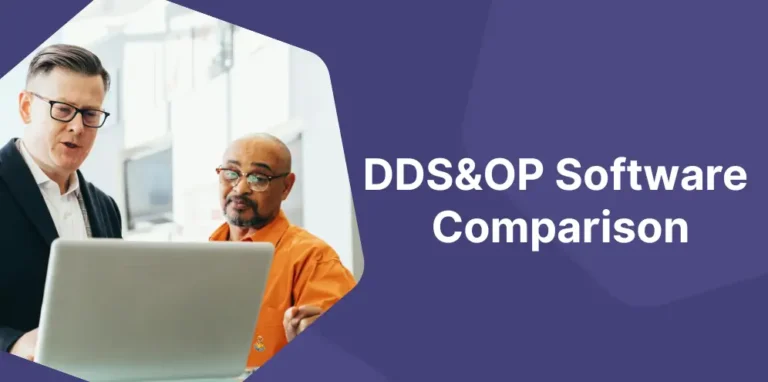In 2004, a TV station owner in France created controversy by cynically claiming that he was selling his advertisers “available brain time” from his viewers.
More than fifteen years later, the available brain time that most of us possess has shrunk considerably, as we are constantly bombarded by a flow of information, along with explicit or implicit injunctions to react to it immediately. For a while, we may have had the illusion that digital tools would free us from tedious tasks and allow us to devote more time to thinking. Well, they did not.
The truth is that our brain is constantly being challenged by a mass of stimuli—emails, Slack, Teams, Zoom, SMS, phone, social networks, and so on—but where did I put this damn file? Our “productivity” has probably increased tenfold in the sense that we process a lot more information, but how much of it is a distraction?
I don’t know about you, but for my part, I have found that I often have my best ideas in the morning in the shower, or during sports practice. Why is that? Probably because in these conditions my brain is not saturated, and simply lets itself go to… thinking.
The Theory of Constraints from which DDMRP emanates encourages us to identify the constraint in our system. For many of us, this constraint has become the availability of our own neurons.
If you operate in the field of supply chain, you are no exception: from morning to night, you are faced with new events, emergencies, and decisions to be made in the moment, not to mention those face-to-face or remote meetings for which you have not had time to prepare. If on top of that you are confined with the children at home, and the delivery man rings the doorbell, it’s hot…
Faced with this situation, supply chain application vendors need to provide solutions that free up brain time and enable intuitive, quick, and easy decisions—that you make almost without thought— decisions that simplify collaboration and give you time to step back and improve.
Enter Simplexity
The concept of simplexity has gained attention recently. According to Wikipedia, Simplexity is the art of making complex things simple, readable, and understandable.
In fact, our brains are experts in simplexity. Let’s take the example of walking, which we learned in our early years. Walking, and moving through space is an incredibly complex process that uses a multitude of sensors and actuators in our bodies. Our body is an extremely complex organism. It evolves in a complex and constantly changing environment. And yet we walk without thinking about it. It is intuitive, and reflexive, and it doesn’t stop us from thinking about something else at the same time.
If used wisely, digitization allows us to free our brains, giving us the few pieces of information we need to make decisions intuitively.
This has been done successfully in some sectors. Let us take the example of civil aviation. The photo below is of the cockpit of the Concorde, a supersonic aircraft that entered service in 1976. Complex, don’t you think?

The image below represents a modern aircraft cockpit. Do you see the difference thanks to digitization? No doubt the pilot’s brain can concentrate on the few decisions to be made and on optimizing the operation of the aircraft and its route. Especially since the autopilot takes care of routine operations.

By the way, MRP was also launched on the market in the mid-70s… Frankly, between us, does your ERP look more like the first or second cockpit?
However, the complexity of aircraft has greatly increased, and the densification of air traffic has also created a more complex environment. We have much more technology, but its use has been made intuitive.
Simplexity For Your Supply Chain
This is the same opportunity that is offered by the Demand Driven methodology. Far from being simplistic, a Demand Driven model establishes a digital representation of the company’s supply chain.
It can be used to represent highly complex industrial and distribution environments, exposed to a highly volatile market, involving multiple sites, tens of thousands of items, deep BOMs, routings with many operations, etc. Well-designed, this model allows us to manage this complexity from a few control points and buffers that are well-positioned and sized.
This is also why our developers are committed to establishing very clean screens, automated routine processes, and customizable views that allow each user to view with confidence only a few pieces of information needed to make decisions by the hour, day, week, month, or year. It takes a lot of simplexity to hide the technology and enable intuitive actions. Do not trust software with busy screens!
We need to free up the available brain time of supply chain planners and managers, so that they, like airline pilots, can focus only on exceptions and on improving the model!












